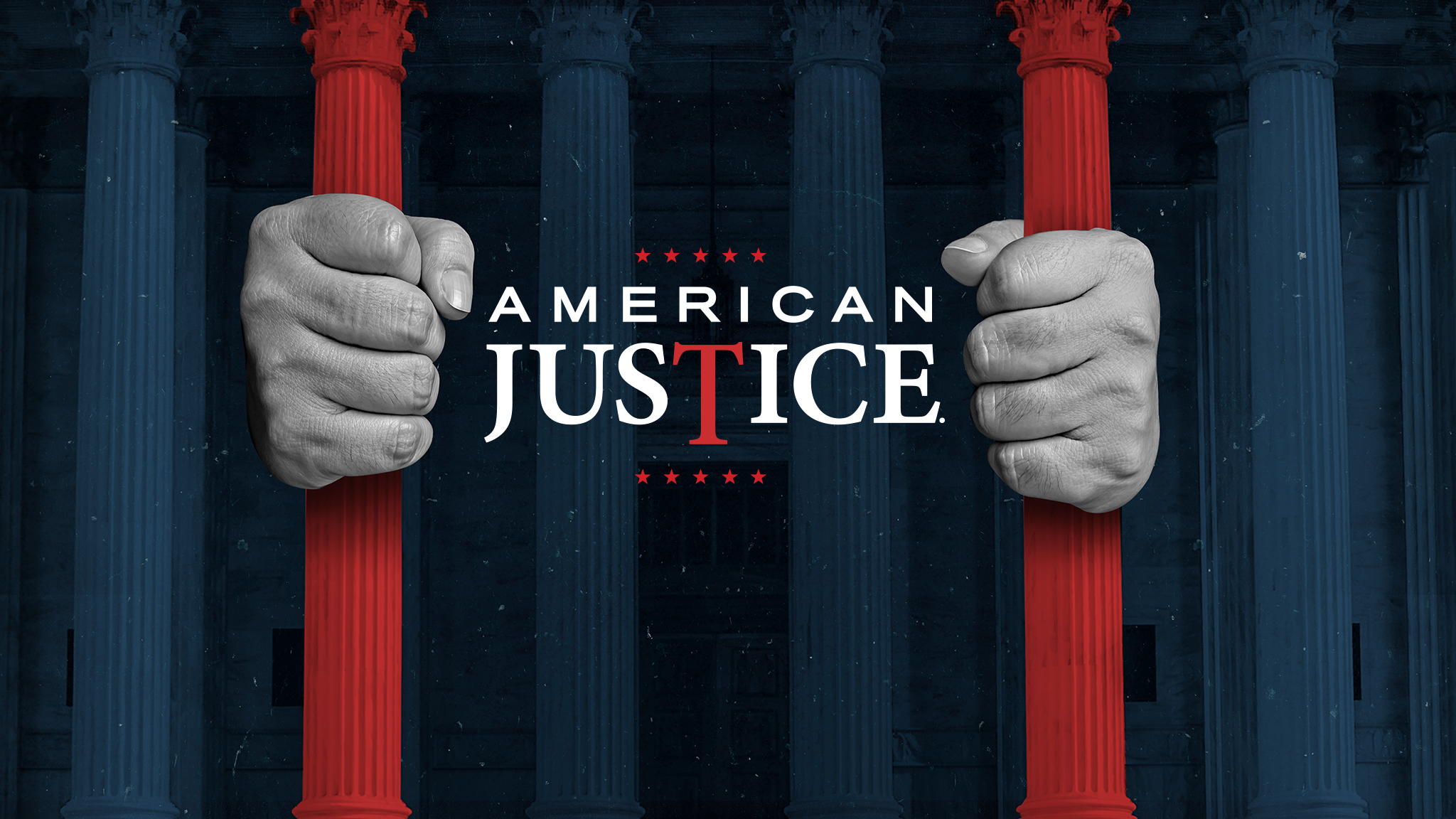The Impact of Chief Justice
Marshall
John Marshall served as chief justice
from 1801 to 1835 and dominated the
Court to a degree unmatched by any
other justice. Marshall’s dominance of
the Court enabled him to initiate
major changes in the way opinions
were presented. Prior to his tenure,
justices ordinarily wrote separate
opinions (called “seriatim” opinions –
Latin for “one after the other”) in
major cases. Under Marshall’s
stewardship, the Court adopted the
practice of handing down a single
opinion. Marshall’s goal was to keep
dissension to a minimum. Arguing
that dissent undermined the Court’s
authority, he tried to persuade the
justices to settle their differences privately and then present a united front
to the public. Marshall also used his
powers to involve the Court in the
policy-making process. Early in his
tenure as chief justice, for example,
the
Court asserted its power to declare an
act of Congress unconstitutional, in
Marbury v. Madison (1803).
This case had its beginnings in the
presidential election of 1800, when
Thomas Jefferson defeated John
Adams in his bid for reelection. Before
leaving office in March 1801, however,
Adams and the lame-duck Federalist
Congress created several new federal
judgeships. To fill these new positions
Adams nominated, and the Senate
confirmed, loyal Federalists. In addition, Adams named his outgoing
secretary of state, John Marshall, to
be the new chief justice of the
Supreme Court.
As secretary of state it had been
Marshall’s job to deliver the commissions of the newly appointed judges.
Time ran out, however, and 17 of the
commissions were not delivered before Jefferson’s inauguration. The new
president ordered his secretary of
state, James Madison,
not to deliver
the remaining commissions. One of
the disappointed nominees was
William Marbury. He and three of his
colleagues, all confirmed as justices of
the peace for the District of Columbia,
decided to ask the Supreme Court to
force Madison to deliver their commissions. They relied upon Section 13
of the Judiciary Act of 1789, which
granted the Supreme Court the authority to issue writs of mandamus
—
court orders commanding a public official to perform an official, nondiscretionary duty.
The case placed Marshall in a
predicament. Some suggested that
he disqualify himself because of
his earlier involvement as secretary
of state. There was also the question
of the Court’s power. If Marshall
were to grant the writ, Madison
(under Jefferson’s orders) would be
almost certain to refuse to deliver
the commissions. The Supreme Court
would then be powerless to enforce
its order. However, if Marshall refused
to grant the writ, Jefferson would win
by default.
The decision Marshall fashioned
from this seemingly impossible
predicament was evidence of sheer genius. He declared Section 13 of the Judiciary Act of 1789 unconstitutional
because it granted original jurisdiction to the Supreme Court in excess of
that specified in Article III of the Constitution
The Changing Issue Emphasis of
the Supreme Court
Until approximately 1865 the legal
relationship between the national and
state governments, or cases of federalism, dominated the Court’s docket.
John Marshall believed in a strong
national government and did not
hesitate to restrict state policies that
interfered with its activities. A case
in point is Gibbons v. Ogden (1824),
in which the Court overturned a state
monopoly over steamboat transportation on the ground that it interfered
with national control over interstate
commerce. Another good example of
Marshall’s use of the Court to expand
the federal government’s powers came
in McCulloch v. Maryland (1819), in
which the chief justice held that
the Constitution permitted Congress
to establish a national bank. The
Court’s insistence on a strong national
government did not significantly diminish after Marshall’s death. Roger
Taney, who succeeded Marshall as
chief justice, served from 1836 to
1864. Although the Court’s position
during this period was not as uniformly favorable to the federal government,
the Taney Court did not reverse
the Marshall Court’s direction.
During the period 1865-1937
issues of economic regulation dominated the Court’s docket. The shift
in emphasis from federalism to
economic regulation was brought on
by a growing number of national
and state laws aimed at monitoring
business activities. As such laws increased, so did the number of cases
challenging their constitutionality.
Early in this period the Court’s
position on regulation was mixed, but
by the 1920s the bench had become
quite hostile toward government
regulatory policy.
Federal regulations
were generally overturned on the
ground that they were unsupported
by constitutional grants of power to
Congress, whereas state laws were
thrown out mainly as violations of
economic rights protected by the
Fourteenth Amendment.
Since 1937 the Supreme Court has
focused on civil liberties concerns
—
in particular, the constitutional guarantees of freedom of expression and
freedom of religion. In addition, an
increasing number of cases have dealt
with procedural rights of criminal defendants. Finally, the Court has decided a great number of cases concerning
equal treatment by the government of
racial minorities and other disadvantaged groups.

